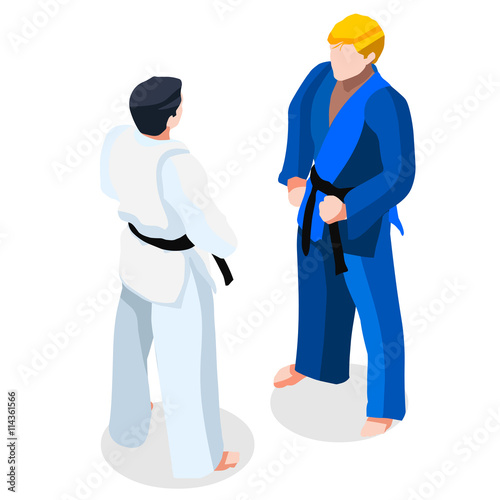The Growth And Historic Context Of Martial Arts Worldwide
The Growth And Historic Context Of Martial Arts Worldwide
Blog Article
Post Author-Sutton Fallon
Martial arts have a remarkable background that covers centuries and continents. what style of martial arts in karate kid might find it intriguing how ancient methods like Shuai Jiao and Kalaripayattu prepared for modern combat methods. These disciplines not only emphasize physical skills but additionally reflect the societies that birthed them. As you explore their evolution, think about just how globalization has changed these standard types right into crossbreed styles. What influences do you assume have shaped today's martial arts landscape?
Ancient Martial arts: The Structures of Combat
As you look into the globe of old martial arts, you'll uncover the rich structures that formed combat methods across cultures. adult taekwondo concentrated on Self-Defense and survival, commonly integrating strikes, grappling, and weaponry.
In ancient China, for example, strategies like Shuai Jiao highlighted tosses and joint locks, while India's Kalaripayattu showcased agility and liquid movement. steven seagal martial arts developed Kenjutsu, a polished swordsmanship that highlighted discipline and method.
These martial arts offered not just for fight but also as a means of individual development, instilling values like respect and willpower. The mixing of these methods with time prepared for the diverse martial arts you see today, each reflecting the one-of-a-kind philosophies and needs of its culture.
The Social Influence on Martial Arts Development
While martial arts usually show the sensible demands of a society, they also personify the social values and ideas of their origins. When you check out different martial arts, you'll discover how they're influenced by faith, approach, and social norms.
For example, the emphasis on respect and technique in Japanese martial arts comes from Zen Buddhism and samurai culture. On https://flickdirect.com/4k-review/2952/enter-the-dragon/4k.ashx , Brazilian Jiu-Jitsu advertises adaptability and approach, shaped by the requirement for effectiveness in a varied, multicultural environment.
You might find that the routines, attires, and training methods show an area's history and identity. By understanding these cultural influences, you strengthen your gratitude of martial arts and their function in shaping human experiences across the globe.
Modern Adaptations and the Globalization of Martial arts
Martial arts have changed significantly in current decades, adjusting to modern society and international impacts. You'll discover that standard kinds have combined with modern techniques, producing hybrid styles like mixed martial arts. These adaptations deal with varied target markets, making martial arts available and enticing around the world.
With the rise of social media and digital platforms, you can discover tutorials and competitions from all corners of the globe, damaging geographical barriers. This globalization has led to a shared recognition for numerous self-controls, from Brazilian Jiu-Jitsu to Taekwondo.
As you involve with these arts, you'll realize they're not nearly fight; they promote fitness, self-control, and psychological health.
Inevitably, contemporary adjustments have enhanced the martial arts landscape, making it a vibrant and developing practice.
Verdict
In checking out the background and development of martial arts, you reveal an interesting blend of techniques, societies, and ideologies. From old self-controls like Shuai Jiao and Kalaripayattu to the contemporary adaptability seen in mixed martial arts, martial arts reflect mankind's quest for Self-Defense and personal development. As you engage with these practices, you not just acquire abilities yet likewise a deeper gratitude for the diverse practices that shape our globe today. So, continue your trip and embrace the art of battle!
